| Author |
Message |
Daniel Parry

|
 Posted: Thu 26 Jan, 2023 3:14 am Post subject: Posted: Thu 26 Jan, 2023 3:14 am Post subject: |
 |
|
Spanish cup-hilt c1660-1670
One of the light weight cup-hilts that emerged as northern Europe was moving towards transitional rapiers and early proto-smallswords but Spain kept its love of the cup-hilt. Super light and agile. Interesting pierced quillons and knucklebow. Hollow pommel.
Blade is marked Sebastian Hernandez (the younger) and the mark on the ricasso matches the mark for him in Kinman, although the dates for him in Kinman are a bit earlier (families used marks across generations and didn't always use a new name or mark for each generation). Blade is an interesting profile, a sort of proto-colichemarde with a wide forte narrowing to a 4 sided hollow ground blade for the remainder. Allows for a very light blade with sufficient strength in a similar way to later triangle hollow ground smallsword blades. I picked up an English dish-hilt rapier c 1650 which also has a similar 4 sided hollow ground blade - again light but strong.
 Attachment: 132.73 KB Attachment: 132.73 KB
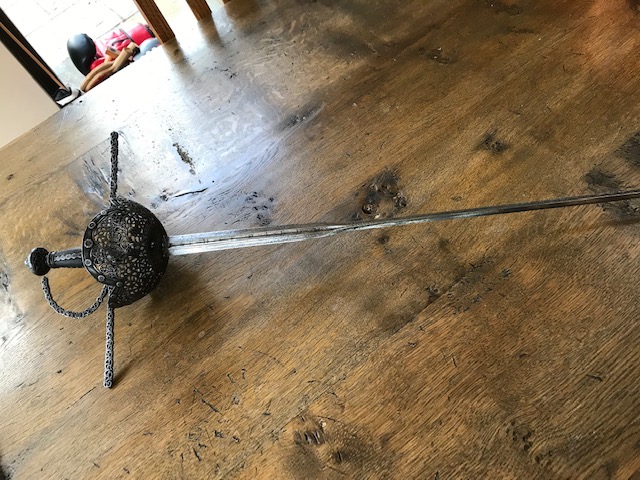
 Attachment: 150.25 KB Attachment: 150.25 KB
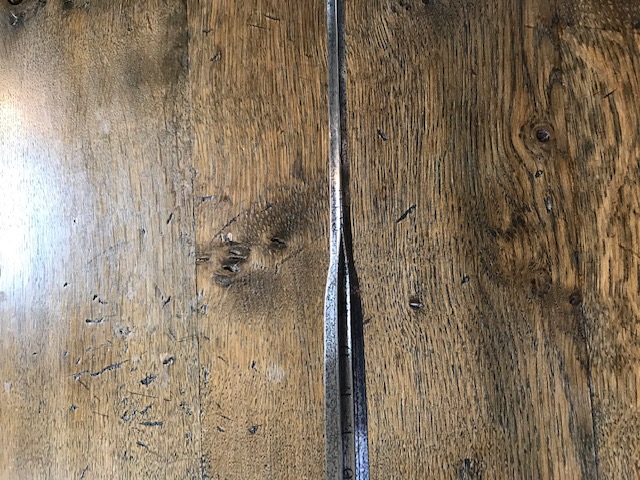
 Attachment: 147.81 KB Attachment: 147.81 KB
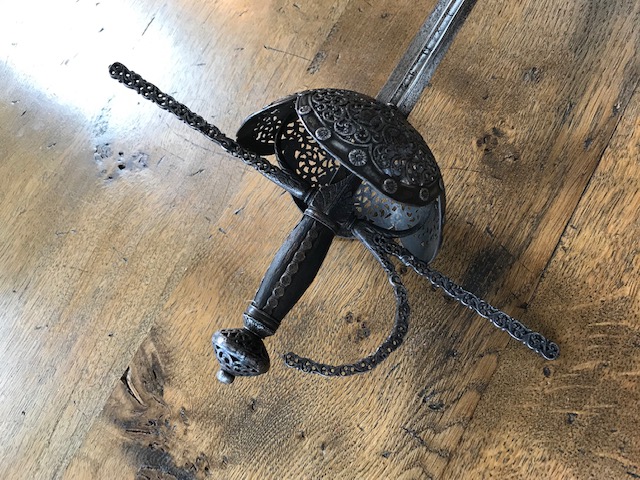
|
|
  |
 |
Daniel Parry

|
 Posted: Thu 26 Jan, 2023 3:45 am Post subject: Posted: Thu 26 Jan, 2023 3:45 am Post subject: |
 |
|
English dish-hilt rapier c1650.
This, like the one above, has a 4 sided hollow ground blade. The forte is different to the cup-hilt above and is a narrower, thicker forte with a deep i-beam type fuller as opposed to the wider and flatter/thinner forte on the cup-hilt which then narrows into the hollow ground blade. But they both achieve the same thing I think - a strong but light blade which is relatively hilt weighted.
Has the classic mortuary hilt style of grotesque faces (12 different ones - you get your money's worth) of that short period which helps to date it. Medium weight for the period but agile as it is hilt-weighted.
Blade marked Hermann Keisser of Solingen, 1625-1660 according to Kinman. Both hilt and blade have quality. The edges of the hollow ground blade are still quite sharp - you would cut your finger if you ran it up the edge with any speed or pressure.
 Attachment: 146.98 KB Attachment: 146.98 KB
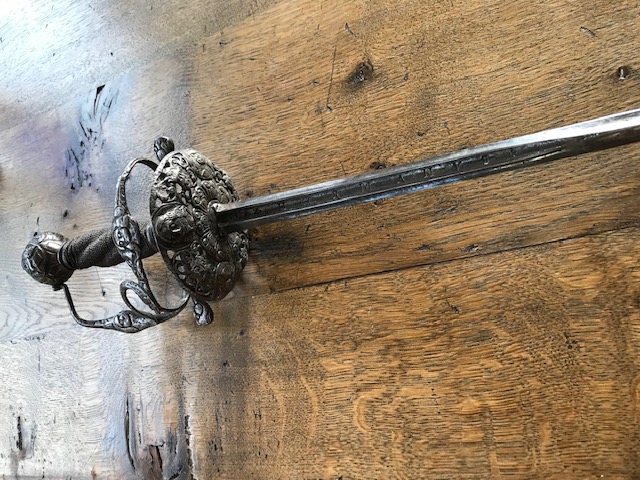
 Attachment: 152.63 KB Attachment: 152.63 KB
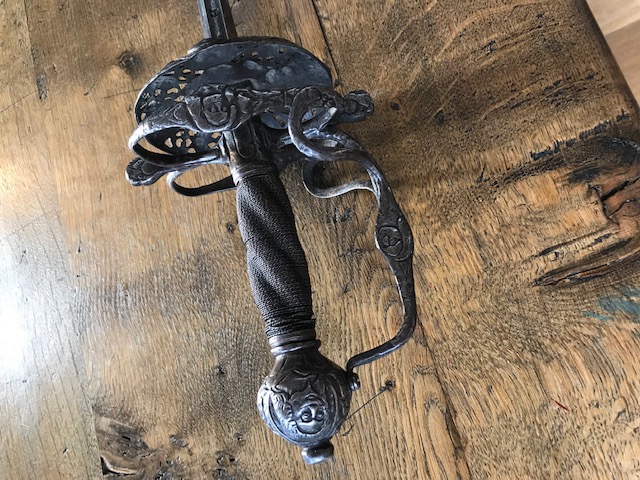
 Attachment: 177.03 KB Attachment: 177.03 KB
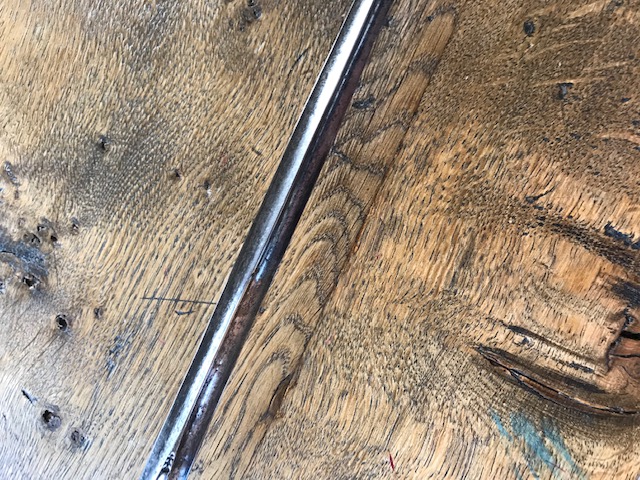
 Attachment: 102.01 KB Attachment: 102.01 KB
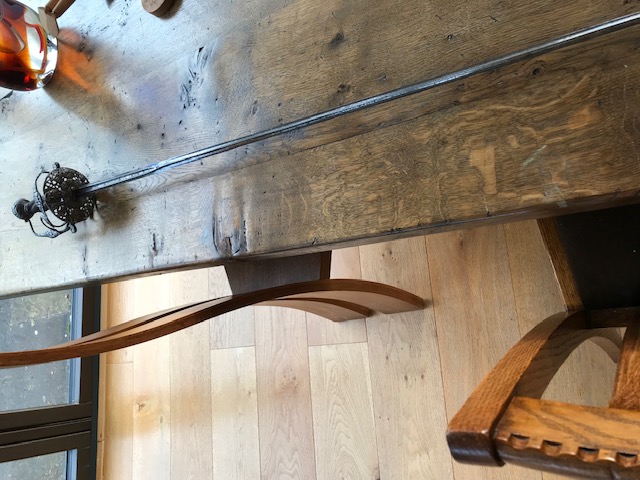
|
|
  |
 |
Daniel Parry

|
 Posted: Thu 26 Jan, 2023 5:49 am Post subject: Posted: Thu 26 Jan, 2023 5:49 am Post subject: |
 |
|
Just to link back to the point from Sean about the side ring sword and dagger above, I think the sword is an early form of Northern European 'pillow sword' https://www.clevelandart.org/art/1916.1495. These vary in size and substance but the style matches and the blade form does too except the later 17th century ones generally had smaller hilt bars and crosses and lighter blades.
This one is a bit more substantial and has the matching dagger, which I think puts it outside the later and lighter pillow sword group as daggers as a set with swords had pretty much died out by the 1680s. Pillow swords with this hilt style were around from the early 1600s and I think this is an early example and in a period when daggers were still a common accessory with a sword, hence the matched hilts. The dagger is a fighting weapon by its size and length I think. It isn't a general use knife/dagger or a sneaky back of your belt type of dagger.
That's my guess anyway. Some aspects made me think they were 16th century - the blade on the sword for instance - but my gut feel is early 17th. Could be an older blade remounted possibly. Also the hilt is a bit too baroque for the 1500s I think.
They are a nice set - compact but quite substantial weapons in mass. The sword would serve as a good cut and thrust weapon. It is in a way like a mini-arming sword in feel, per your point.
It's interesting that I have seen some people associate pillow swords with the development of smallswords. I don't agree with this and think that view is driven by the fact pillow swords were shorter than rapiers and so they associate them with the trend for shorter and lighter swords as fencing styles changed. But the ones I have handled (not that many to be fair so anyone shout if they disagree) are compact but quite robust and have weight in the way the early smallswords do not because of their purpose. I think the smallsword developed entirely from the light weight transitional rapiers of the second half of the 17th century which got lighter and shorter as the century went on. I have quite a few from that period showing the development. I will post a good early example from about 1660. I think pillow swords were a different group personally but happy if others disagree
|
|
  |
 |
|
Sean Manning
|
 Posted: Mon 15 Jan, 2024 9:49 pm Post subject: Posted: Mon 15 Jan, 2024 9:49 pm Post subject: |
 |
|
How are those measurements coming along Daniel? If you measure one sword when you get up on Saturday mornings you will be done the collection by spring.
It looks like it was Marco Danelli back in 2015 who said
| Quote: |
(The article by Fortner and Schrattenecker) sums up everything I try to do with custom orders, with fewer budget restrictions, to get closer to the originals, like using blades starting at 8mm on the forte and a geometry that has a much stronger forte, but often the reply I get is "it is a bit heavy". |
www.bookandsword.com
|
|
  |
 |
|
|
You cannot post new topics in this forum
You cannot reply to topics in this forum
You cannot edit your posts in this forum
You cannot delete your posts in this forum
You cannot vote in polls in this forum
You cannot attach files in this forum
You can download files in this forum
|
All contents © Copyright 2003-2024 myArmoury.com — All rights reserved
Discussion forums powered by phpBB © The phpBB Group
Switch to the Basic Low-bandwidth Version of the forum
|

